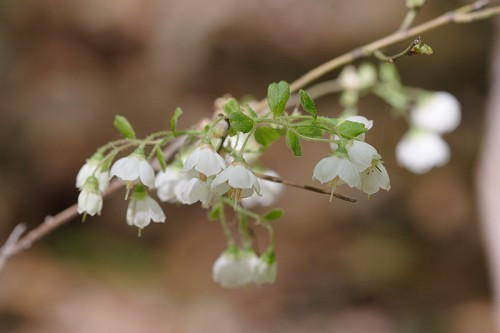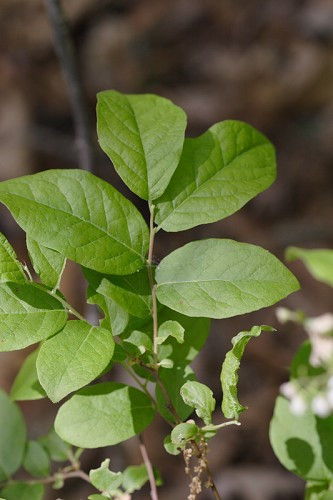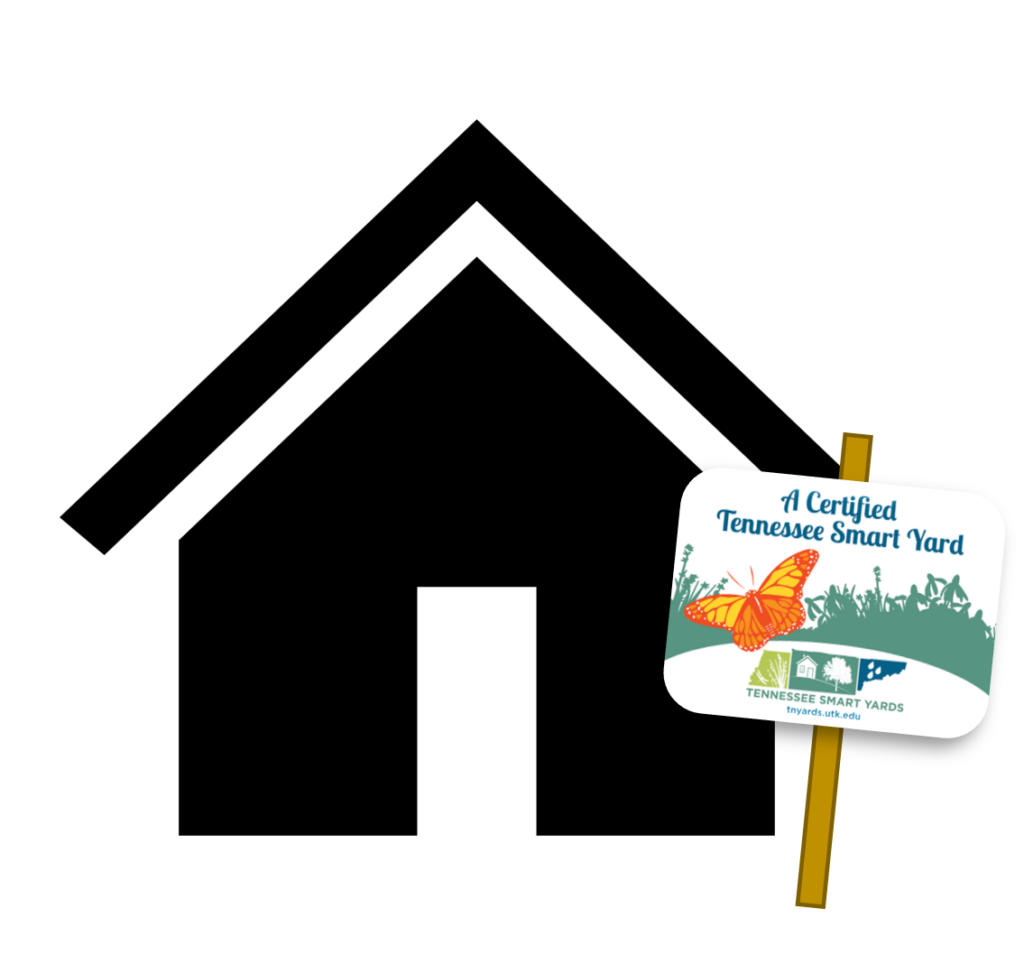
Common Name: Deerberry
Partial to light shade; moderately wet to dry moisture level; grows in rock outcroppings, infertile sands and gravels, sandy loams, and silt loams; strongly to slightly acid pH.
6-12 feet height by 6-12 feet spread; blooms spring to early summer; greenish white to pinkish flowers; round, 1/5 to 3/5 inch diameter, pear-shaped, bluish-black berries in September and October.
Growth Rate: Slow
Maintenance: Occasional disease and insect problems
Propagation: Best from softwood cuttings but can be grown from seed; seed germination code A.
Native Region: Middle and East Tennessee, West Tennessee uplands except absent in the Central Basin
Open, airy, deciduous shrub, often with multiple trunks that are twisted and contorted. Thin, reddish brown bark that shreds and peels. Spreads by woody rhizomes and sometimes forms colonies. Largely inedible fruits for humans, but birds love the berries. Good red fall color in leaves. Important wildlife food source in eastern North America. Attracts birds, mammals and bees.

